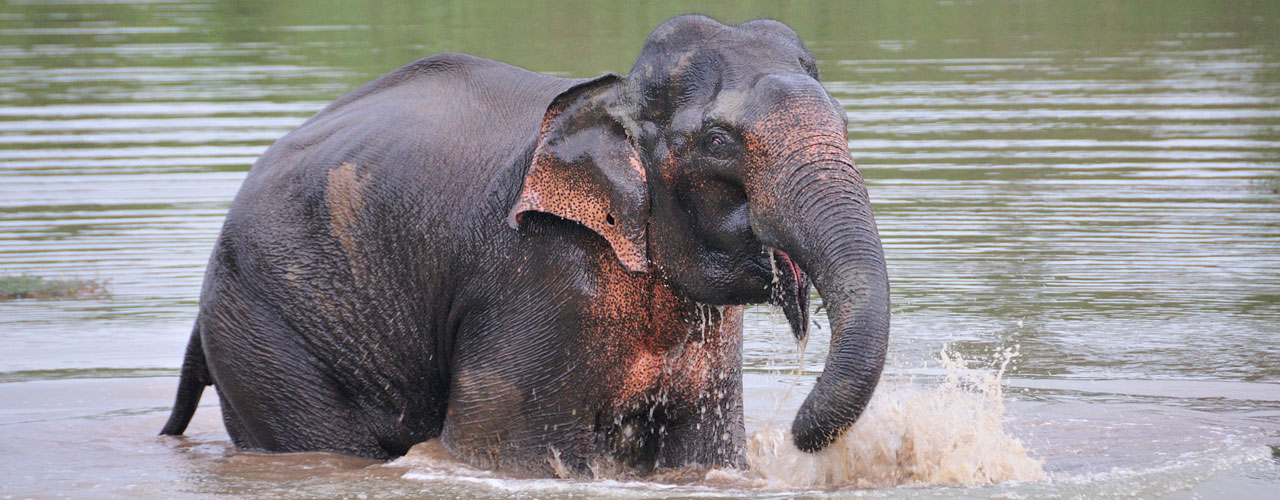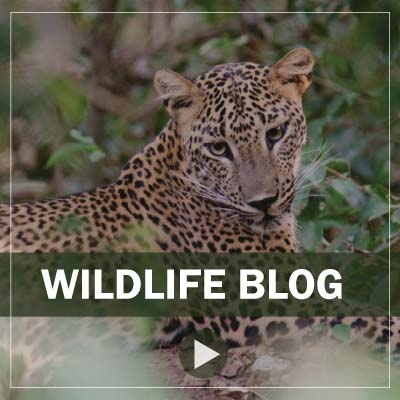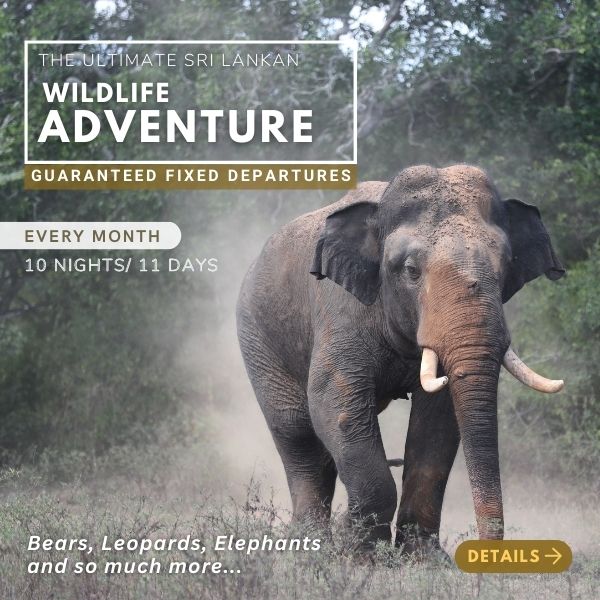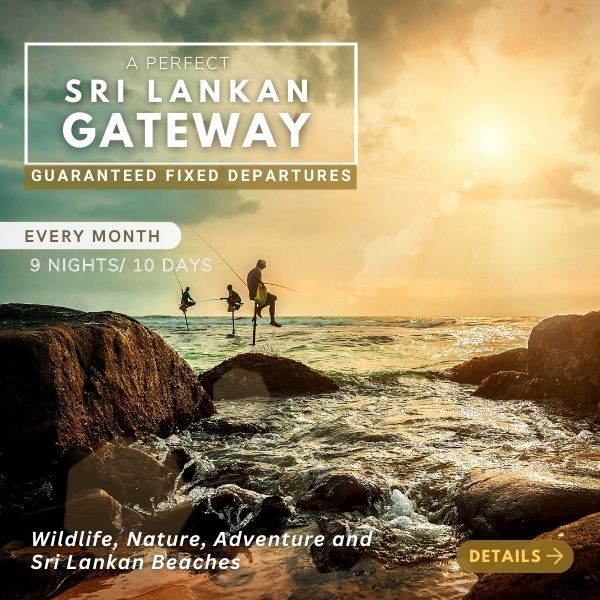Wasgamuwa
Situated in the Central Province, Wasgamuwa National Park is home to incredibly diverse wildlife including 23 species of mammal and reptiles. Its main attraction is a majestic herd of over 150 elephants, that can be seen in their most natural feeding and roaming state. Wasgamuwa derives its name from the Sinhalese 'walas gamuwa’, ‘walaha’ alluding to the bear and ‘gamuwa’ to 'the woods'. However, these days sloth bears are rarely seen. On the banks of the rivers, you can spot mugger crocodiles, camouflaged in murky waters. The toque macaque “rilewa” and the purple-faced langur, both endemic species of monkey to Sri Lanka, can be spotted here also.
The ancient tanks and religious sites stand as evidence to the historical importance of the Wasgamuwa National Park. Historically, the most famous is Yudanganapitiya, the site where Sri Lanka's famous kings, Dutugemunu and Elara, camped during their mighty battles in the 2nd Century BC.
Climate and vegetation in Wasgamuwa
Located in the districts of Matale and Polonnaruwa and bordered by the 'Mahaweli' and 'Amban' rivers, Wasgamuwa National Park stretches an impressive 36,948 hectares. The park is almost entirely encompassed by rivers, and the small Sudu Kanda mountain range, with its following little streams, enhances its beauty.
Climate in Wasgamuwa fairly typical the dry zone, largely influenced by the north-east monsoon from October to February. Inter-monsoon rains occur between March and May, and the mean annual temperature is about 27 °C.
The main vegetation type is tropical dry-mixed evergreen forest, and more than 150 plant species have been recorded in the Wasgamuwa National Park. Chloroxylon swietenia, Manilkara hexandra, Elaeodendron glaucum, Pterospermum canescens, Diospyros ebenum, Holoptelea integrifolia, Pleurostylia opposita, Vitex altissima, Drypetes sepiaria, and Berrya cordifolia are dominant in the emergent layer of the forests while Polyalthia korinti, Diplodiscus verrucosus, Limonia acidissima, Cassia roxburghii and Strobilanthes stenoden are common in the other layers. There is also a 1,700 year-old tamarind tree in Wasgamuwa.
Wildlife in Wasgamuwa National Park
A part of Wasgamuwa was declared a Strict Nature Reserve as early as 1938. Thanks to the early efforts in conservation, the park is home to an abundant wildlife. There are 23 species of mammals and 140 species of birds in Wasgamuwa. Both monkeys found in the park; the purple-faced langur and toque macaque, are endemic to Sri Lanka. Big herds of water buffalos and Sri Lankan axis deers are also commonly seen here.
The diverse birdlife, including 5 endemic species, makes Wasgamuwa an exciting destination for birders. The endemic red-faced malkoha, Sri Lanka frogmouth (that appears to have no beak), and the chestnut-winged cuckoo have been recorded here. The lesser adjutant, yellow-fronted barbet, and Sri Lanka spurfowl are the species that visit the reservoirs and streams at Wasgamuwa. Other aquatic birds that can be seen in this area include peafowl, painted stork, black-headed ibis and the eurasian spoonbill.
Of the 17 reptile species recorded in the park, five are endemic. The water monitor and mugger crocodile are common as well.













